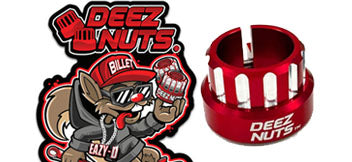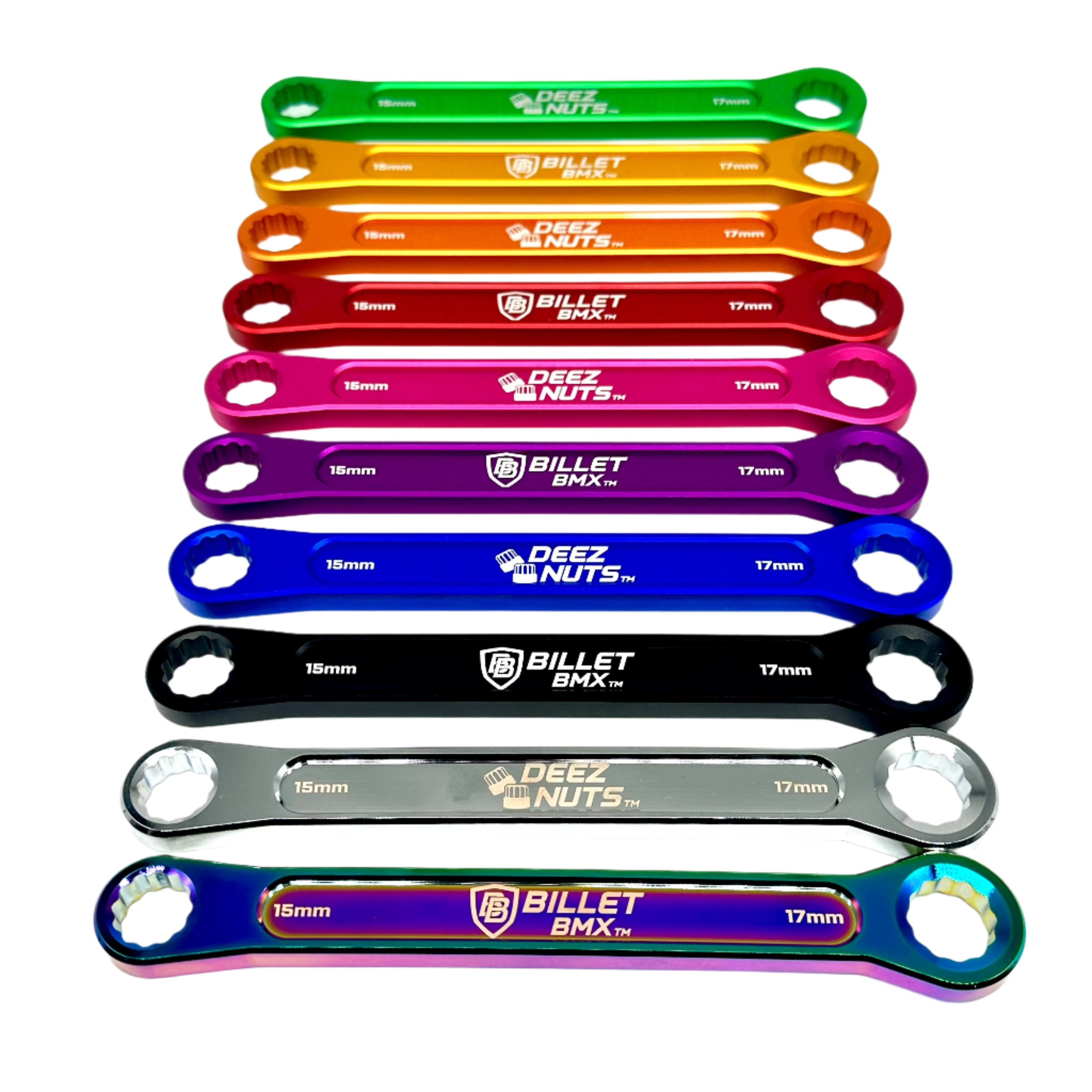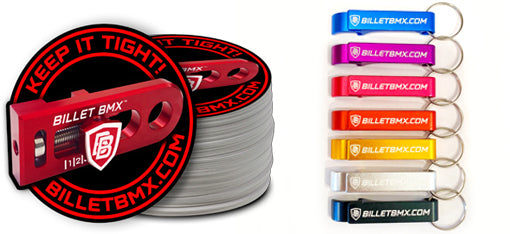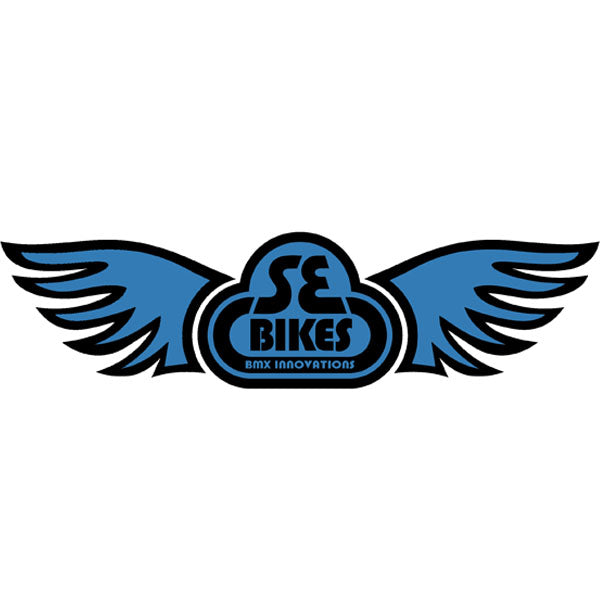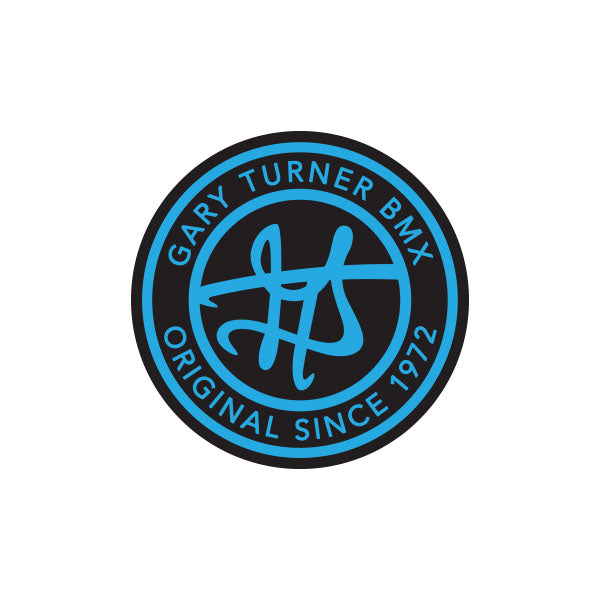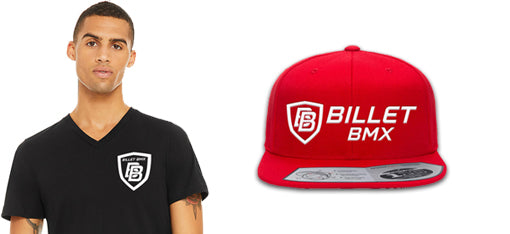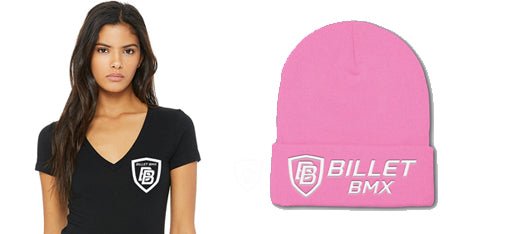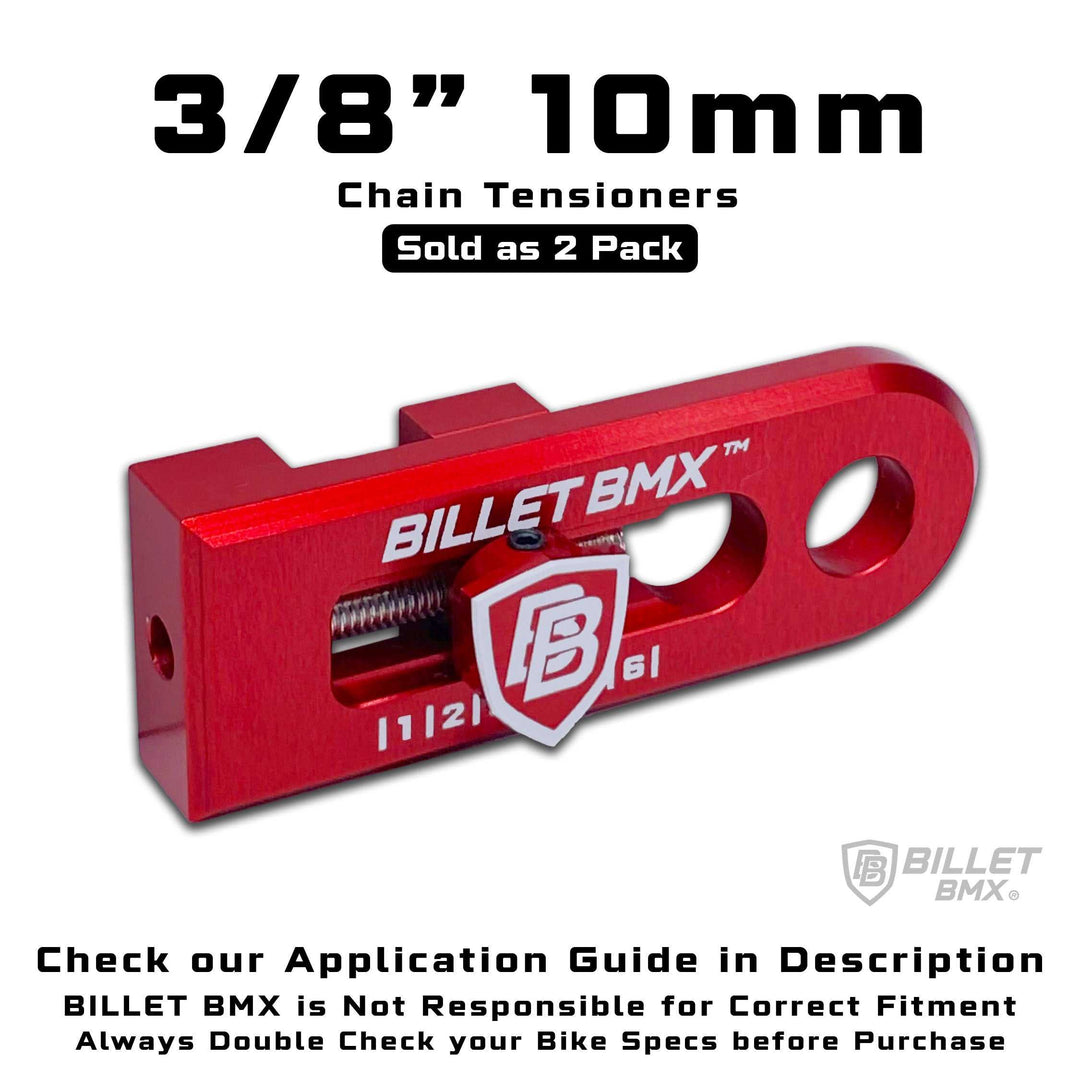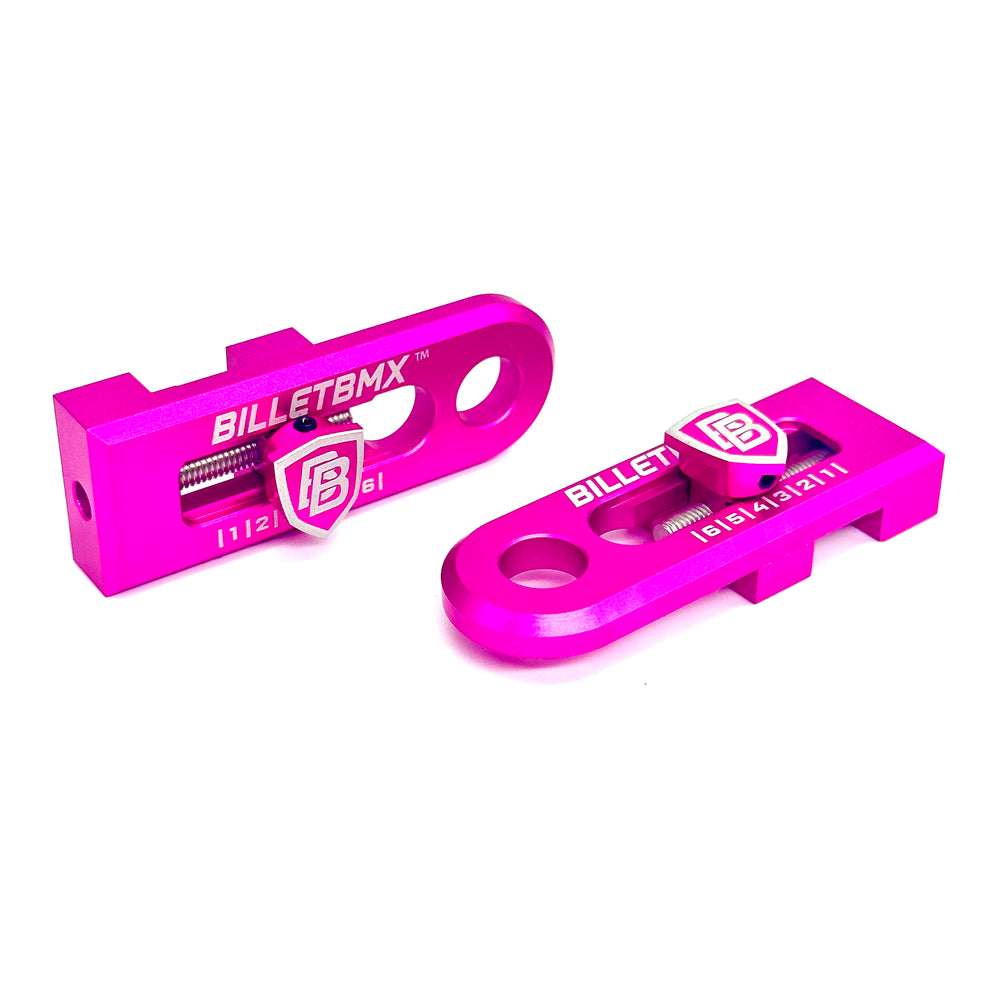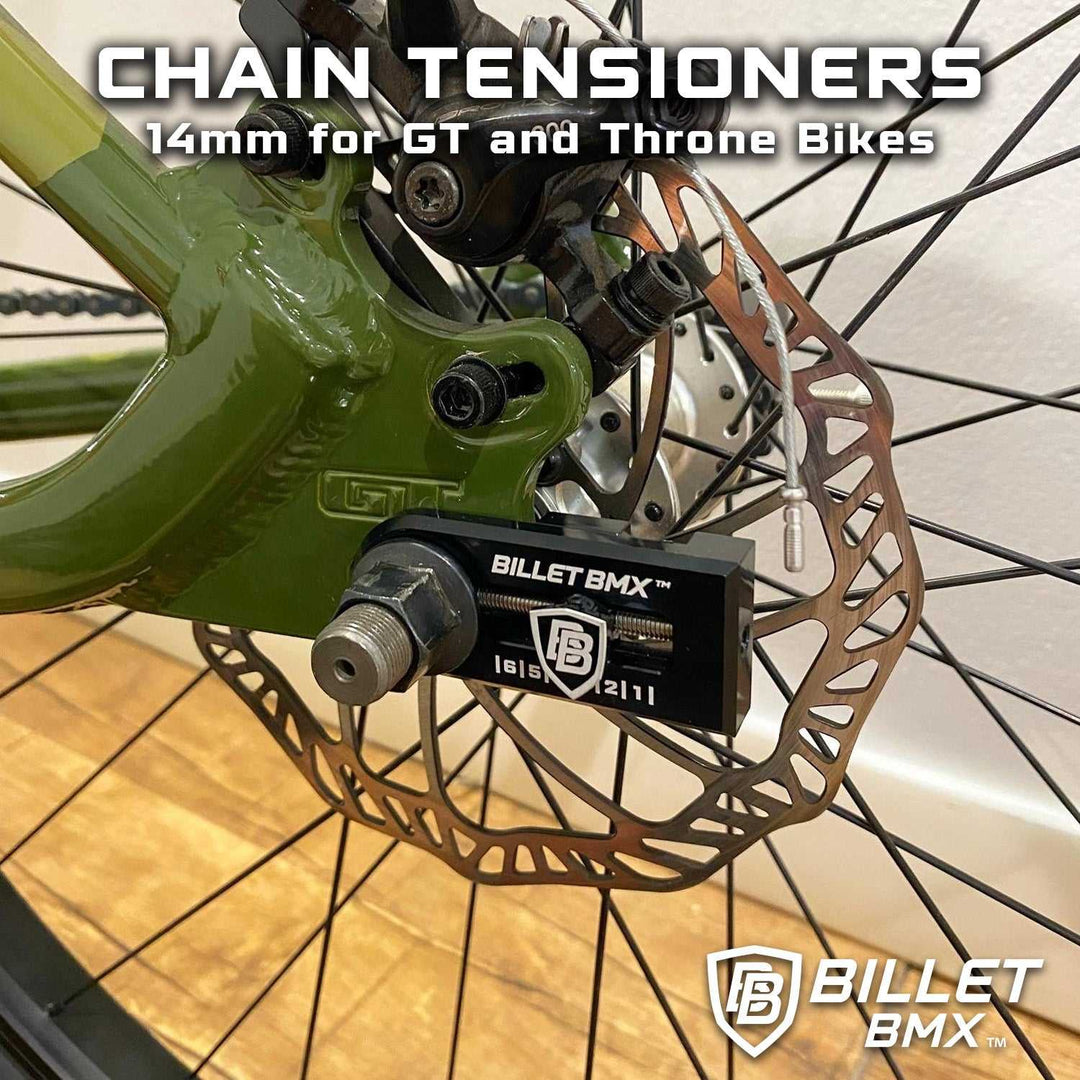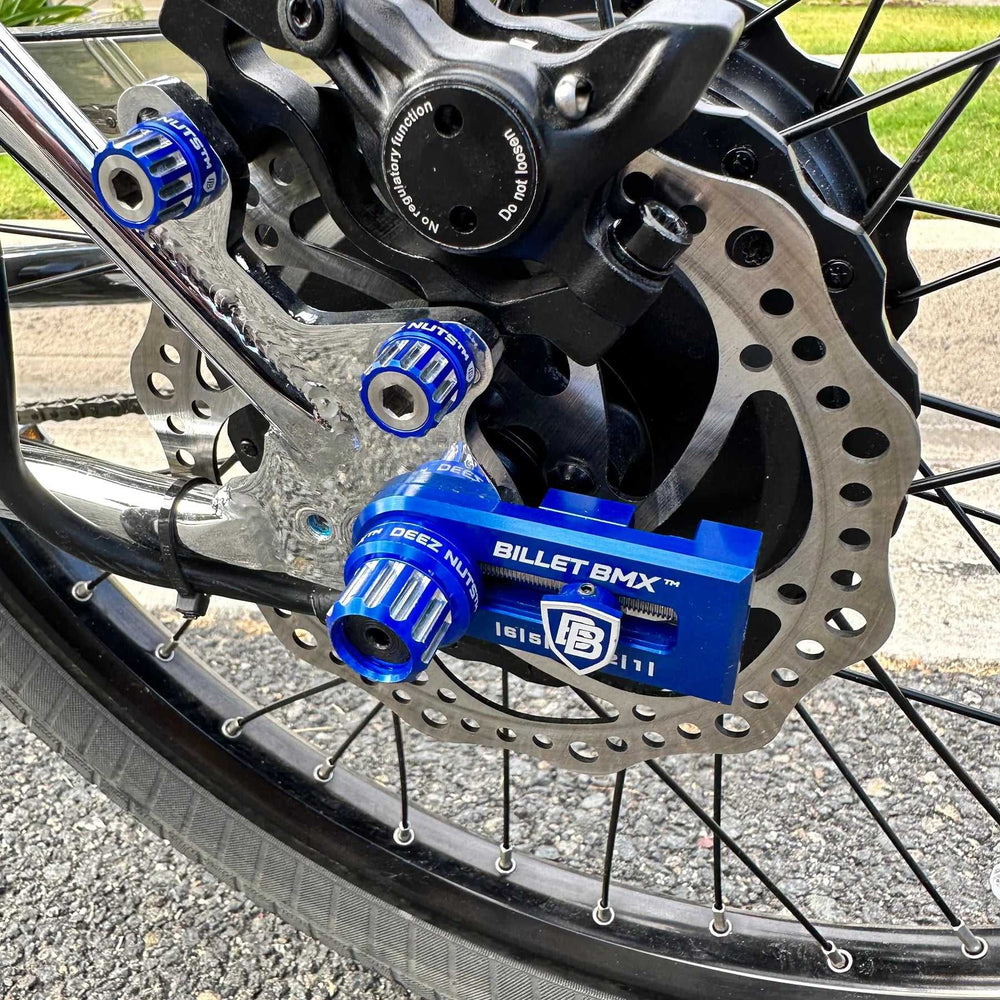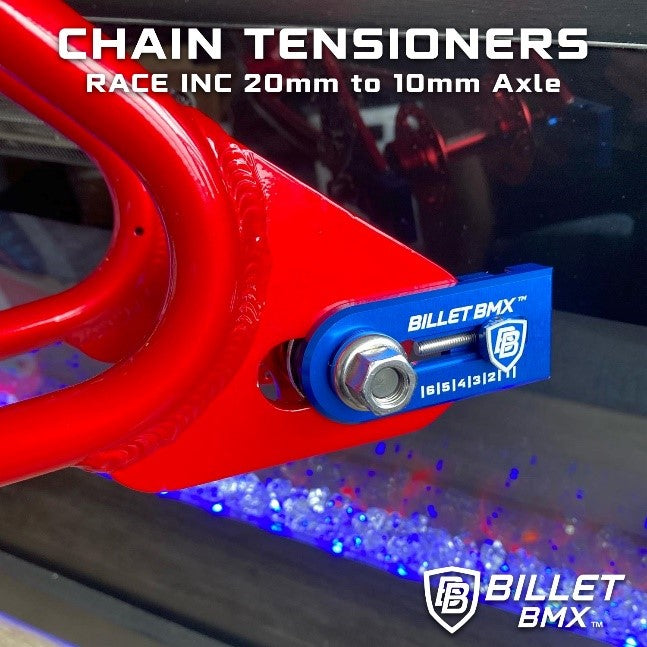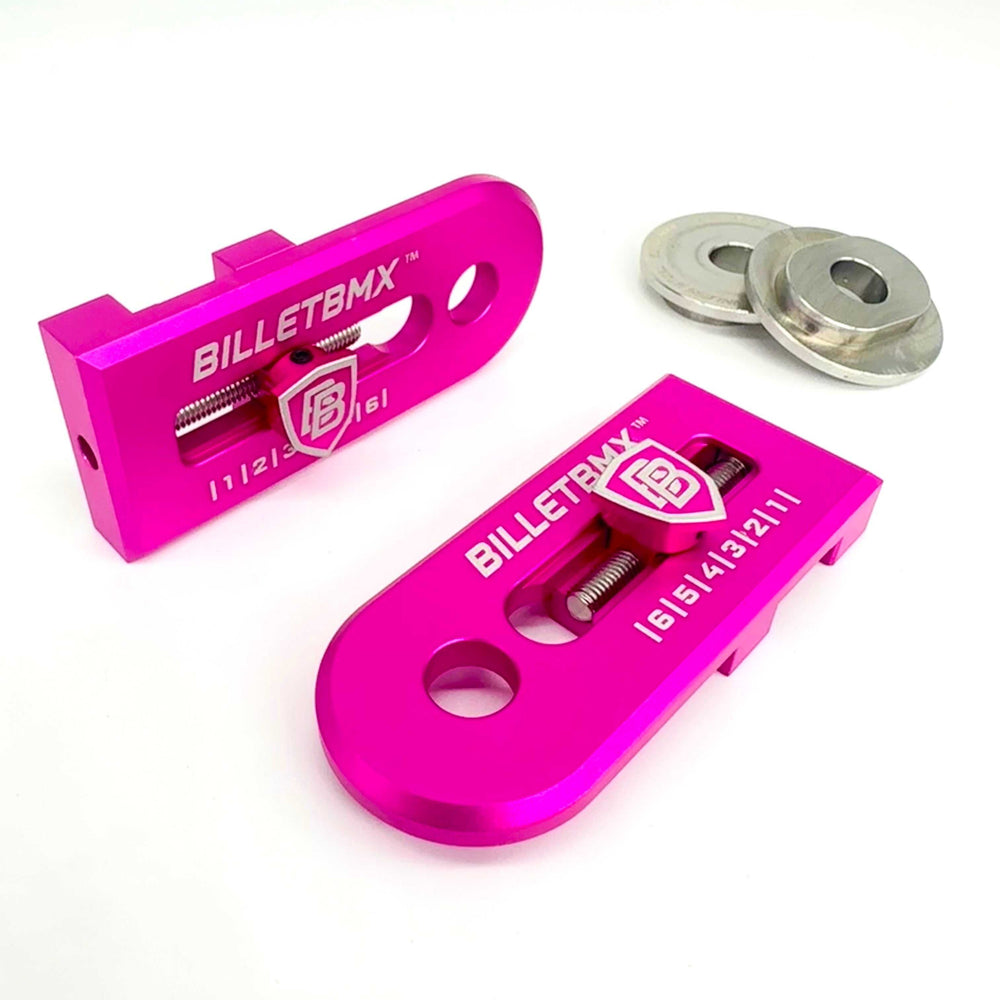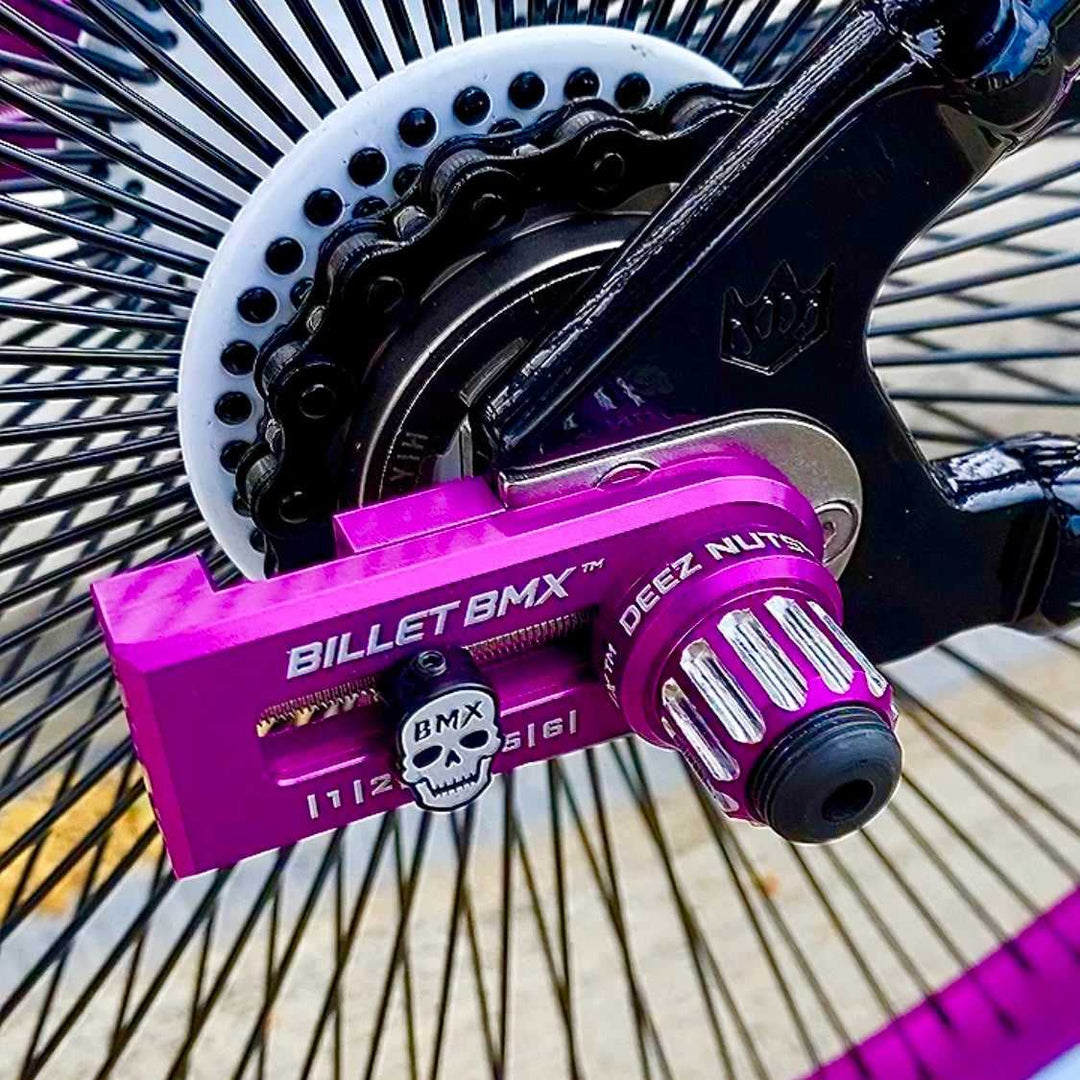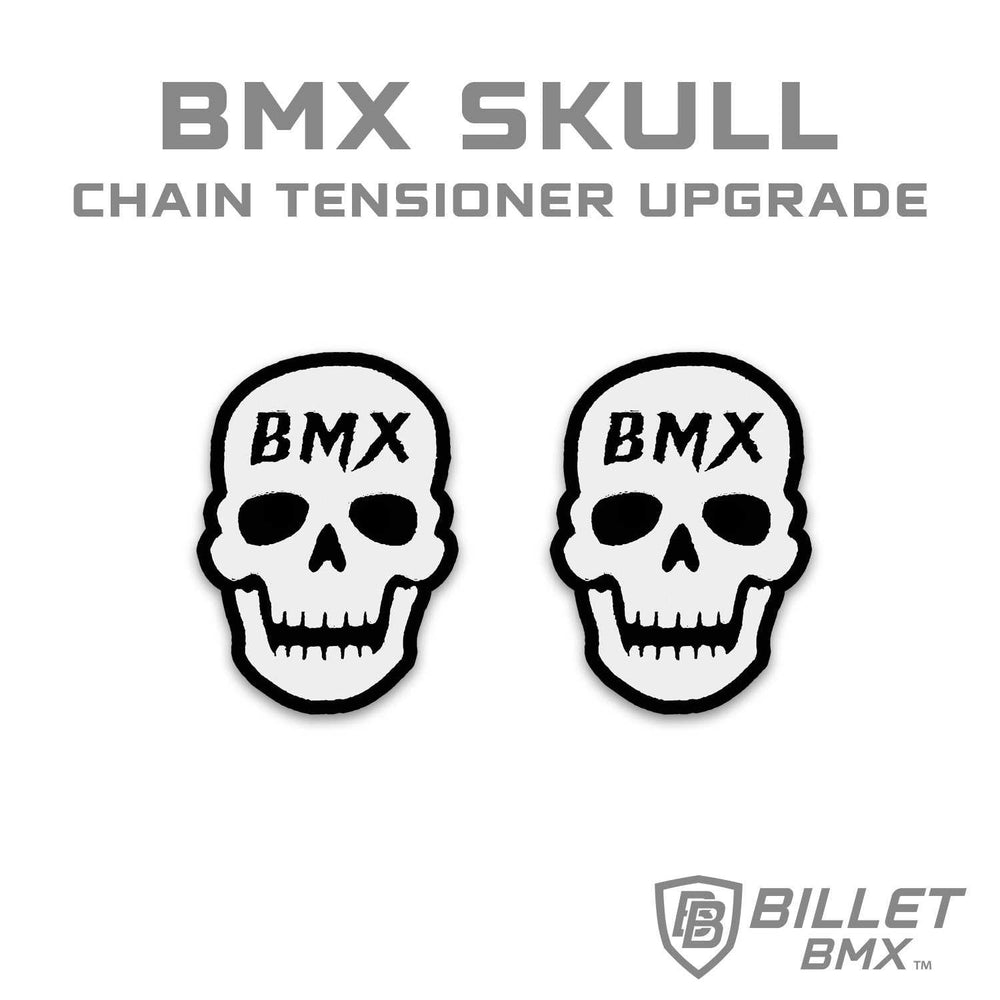How BMX Handle Bar Design Impacts Your Control and Tricks

In the world of BMX, precision and style go hand in hand. Riders are constantly searching for ways to improve their performance, whether it’s through technique, training, or upgrading their bike parts. Among all the components, the BMX handle bar plays one of the most crucial roles in shaping control, stability, and trick execution. It’s not just a simple metal piece it’s the steering wheel of your BMX journey.
A rider’s connection with their bike starts with the handlebars. They determine posture, comfort, and responsiveness, which directly influence how tricks are landed, how turns are handled, and how smoothly rides feel. Choosing the right design can be the difference between effortless control and constant struggle.
Why Your BMX Handle Bar Matters
The handlebar is the link between the rider and the bike, and its design affects every move. Whether you’re dropping into a bowl, grinding rails, or cruising down the street, the handlebar’s geometry and strength matter.
Here’s why it’s so important:
- Steering and Balance: The handlebar determines how precisely you can maneuver the bike.
- Trick Execution: Certain bar designs make barspins, tailwhips, and manuals easier.
- Comfort and Safety: A properly fitted BMX handle bar reduces strain on the back, arms, and wrists.
- Style and Identity: BMX is as much about expression as performance, and bars help showcase personal taste.
Key Elements of Handle Bar Design
1. Rise and Height
The rise of the handlebar is the vertical distance from the clamp area to the top of the bar.
- High-rise bars → Create an upright position that feels natural and relaxed. Perfect for street riders who want comfort and control during longer sessions.
- Low-rise bars → Offer a lower, more aggressive stance. They’re favored by park riders and those who love spins, flips, and technical tricks.
2. Width and Stability
The width of the bar directly impacts how stable and responsive the bike feels.
- Wider bars provide better stability, making them excellent for jumps and landings where balance is crucial.
- Narrower bars allow for faster barspins and tailwhips since the rotation requires less effort.
3. Sweep and Angle
Sweep refers to how much the bar bends back (back sweep) or upward (up sweep). Though subtle, this feature has a big impact on comfort.
- A balanced sweep reduces wrist strain and makes manuals and hops smoother.
- Too much sweep can feel awkward, while too little can create tension in the wrists and shoulders.
Finding the right angle is about comfort and consistency if your wrists feel sore after every session, adjusting your sweep might be the solution.
4. Material and Durability
When it comes to BMX, strength is everything. Handlebars face constant stress from impacts, flips, and landings.
- Most high-quality BMX handle bars are made from chromoly steel, which offers excellent durability without being overly heavy.
- The balance of strength and weight ensures safety without sacrificing agility.
Performance + Style in One Package
BMX culture thrives on individuality, and handlebars are one of the easiest ways to showcase personality. Today, riders can choose from:
- Matte or glossy finishes for a sleek or bold look.
- Bright colors or custom designs to stand out in the park.
- Classic black or chrome options for timeless style.
Upgrading your BMX handlebar is not just about technical performance it’s about making your bike look and feel like an extension of yourself.
Conclusion
Every rider wants better tricks, smoother control, and a more comfortable ride. The design of your BMX handle bar directly impacts all of these factors. From rise and width to sweep and material strength, each detail shapes how your bike responds to your movements.
- Street riders may benefit from higher-rise, wider bars for stability and comfort.
- Park riders may prefer narrower, low-rise bars for faster spins and agility.
- No matter your style, choosing the right handlebar gives you confidence, safety, and style in one upgrade.


